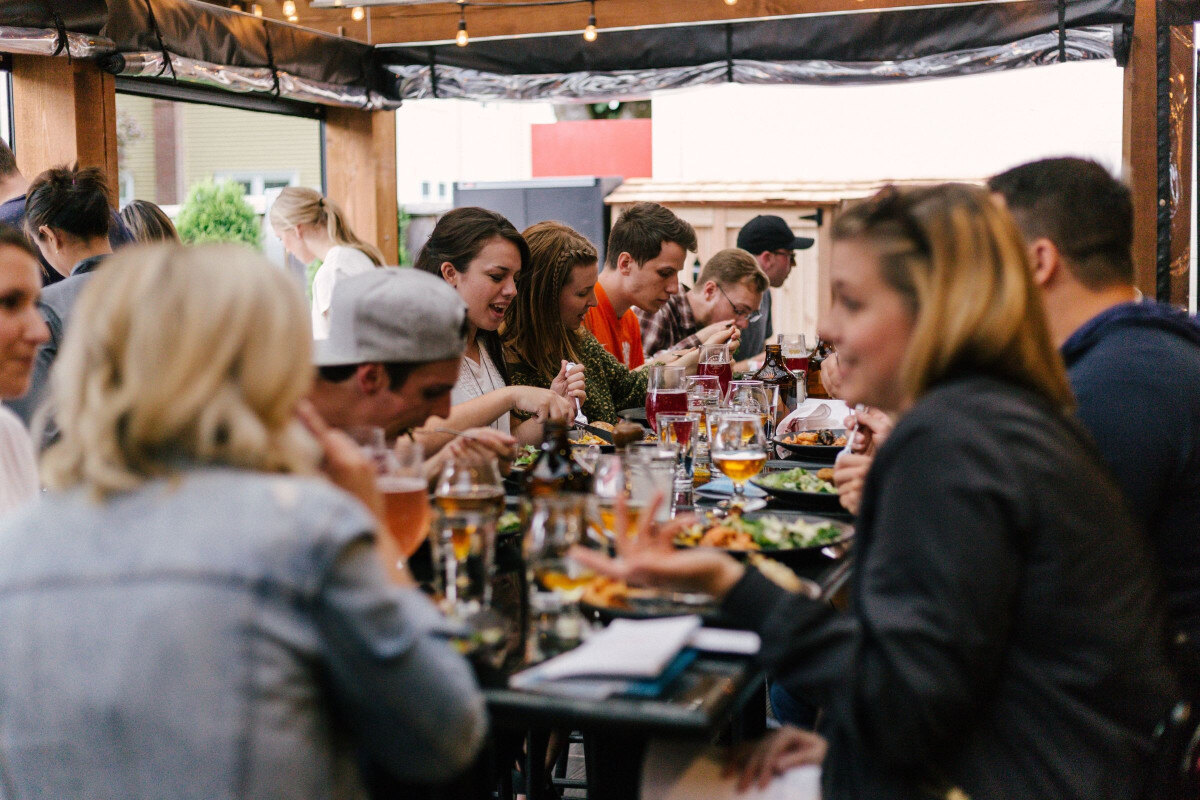15 min read
5 Types of Software You Need for Your QSR or FSR Restaurant
Fragmented software across different departments can lead to inefficiencies, miscommunication, and missed opportunities to act on real-time...
4 min read

Not all guest engagement software is built equal. The best platforms have features such as real-time feedback collection, personalization capabilities, and offer easy integration options with your existing setup.
First, effective guest engagement software should include real-time feedback tools that allow your customers to share their thoughts instantly. For example, after a meal, a customer can receive a quick survey via SMS, email, or your mobile app asking about their dining experience. This immediate response window helps capture honest feedback while their experience is still fresh.
Collecting feedback in real time also allows you to address issues on the spot. If a customer reports a problem with their order or service, your staff can be alerted instantly, enabling quick resolution before the guest leaves.
For instance, if a diner rates their meal poorly due to a delay, the software can notify a manager who can then offer a discount or a complimentary item, turning a potentially negative experience into a positive one.
Second, effective guest engagement software should analyze your customer data and behavior to tailor customers’ experiences, offers, and communications. Personalization is key to standing out, especially in competitive spaces such as the F&B industry and the convenience store industry.
By leveraging data on your customers’ past purchases, common ordering times, and abandoned cart data, you can create a shopping experience that’s uniquely catered to each person. This engages them and makes them more likely to return.
For example, if a customer frequently buys gift cards from your store, the software can recognize this pattern and send them personalized offers. It may provide a discount on their favorite gift card or a special bundled promotion. Additionally, if the software includes a loyalty program, it can notify the customer when they’re close to earning a reward, encouraging another purchase.
Third, look for a guest engagement software that integrates easily with your current setup. This means it should work well with your point of sale (POS) system, customer relationship management (CRM) system, and financial tools like hospitality accounting software and hospitality payroll software. This feature is straightforward; seamless integration keeps everything running smoothly and reduces the chance of data mismatches.
The next piece of the puzzle is implementing your guest engagement software! There are three things to get right in this stage: choosing the right platform, training your staff, and tracking and analytics.
First, choosing the right guest engagement software is crucial. Here are a few factors to consider:
Second, training your staff to use the software is essential for success. Focus on teaching them how to use the tools to improve customer interactions.
For instance, in a restaurant, train servers to use tablets to collect feedback from diners or to suggest personalized menu items based on past orders. In a convenience store, train cashiers to understand customer purchase history and suggest relevant offers during checkout. Well-trained staff can gather useful data, provide better service, and make customers feel valued.
Third, utilize the data you’ve collected to make wise decisions. For example, in an F&B setting, use sales data to refine your marketing strategy, such as promoting popular and profitable dishes during peak hours. In convenience stores, monitor which promotions drive the most sales or which items frequently run out of stock. This data helps you optimize inventory, tailor promotions, and improve overall customer satisfaction.
What advantages do guest engagement software and automated engagement tools have over old-school methods? Among other things, they allow you to handle requests more efficiently, gather more insights, and build stranger customer relationships.
First, these tools streamline how you manage customer requests and queries. With chatbots or automated responses, common questions are answered instantly, reducing wait times. In the F&B industry, customers can quickly place orders online without waiting for a staff member. This also improves online order accuracy, since the customers are placing the orders themselves.
Second, automated tools collect and analyze data, providing valuable insights into customer preferences and behavior. In a restaurant, this could mean understanding which dishes are most popular and adjusting the menu accordingly. In convenience stores, analytical tools can track purchasing patterns, helping to optimize product placement and promotions.
Third, ongoing engagement via automated tools helps build lasting customer relationships. You can use these tools to trigger follow-up messages and personalized offers (all done automatically, of course). In the F&B industry, offering a special discount or freebie on a customer’s birthday can make them feel valued. In convenience stores, sending personalized promotions based on past purchases encourages repeat visits and fosters loyalty.
With the right guest engagement software, it’s easy to delight your customers. These tools help you manage customer requests more efficiently, gather valuable insights, and build lasting relationships with your customers.
To get started, take a moment to sit and write down a list of essential features you need in your guest engagement software. We’ve outlined some key features in this article, such as real-time feedback collection, data analysis, and seamless integrations.
However, consider additional features based on your specific needs and context:
Once you know exactly what features you need, you can proceed to shortlist different software options. Then evaluate them based on their scalability, usability, and support offered to find the right fit for you.
Online ordering, guest engagement, guest surveys—Paytronix does it all. Find out how with a free demo now.